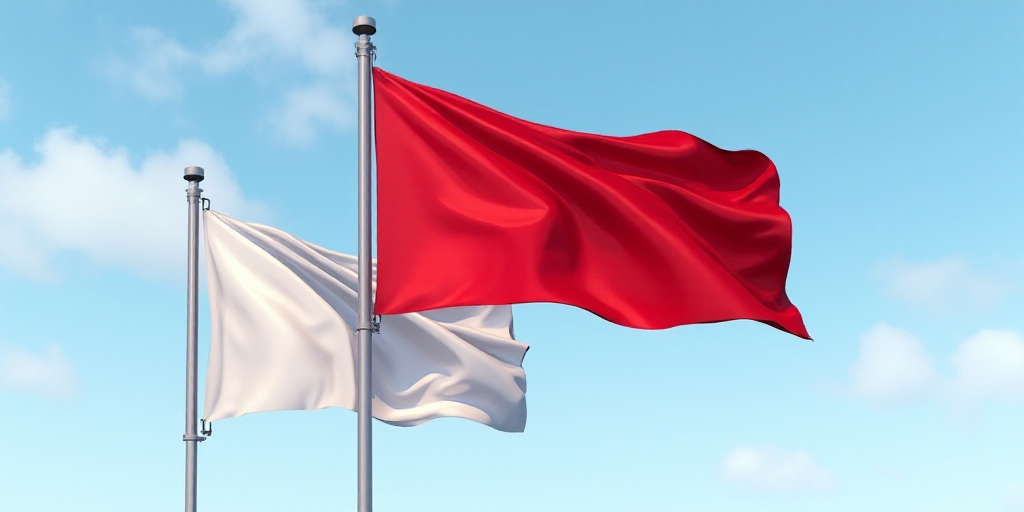Background on Inflation and Relevant Figures
Canada’s annual inflation rate slowed to 1.7% in July, partly due to a drop in gasoline prices. Statistics Canada reported a 0.7% decrease in gas prices as risks of a wider Middle East conflict diminished following the ceasefire between Iran and Israel.
This July inflation rate is lower than the 1.9% increase recorded in June, when US President Donald Trump’s trade war drove up prices of certain goods, notably automobiles.
Impact of Trump’s Tariffs on Canadian Inflation
When Trump began imposing tariffs on Canada, analysts warned that these duties could potentially escalate inflation and compel the Bank of Canada to consider raising interest rates following a series of cuts.
However, July’s data suggests that the impact of Trump’s tariffs on the cost of essential goods has remained moderate.
Expert Opinions on Inflation Trends
Royce Mendes, an analyst at Desjardins, stated that “the latest inflation figures support our thesis that many price increases related to tariffs occurred in March and April, prior to what the Bank of Canada had anticipated.”
“Recent price readings suggest that the growth in prices for some categories is now normalizing,” Mendes added.
With inflation falling within a comfortable range, Mendes suggested that the central bank might further reduce rates in September after three consecutive pauses.
Trade Relations Between Canada and the US
Earlier this month, Canadian Prime Minister Mark Carney noted that 85% of trade between Canada and the US remains tariff-free in both directions, as the Trump administration has maintained exemptions on goods meeting an existing North American free trade agreement.
Should Trump discard this agreement or enforce significant changes during its upcoming review, Canada’s economy could face substantial consequences.
Key Questions and Answers
- What caused the slowdown in Canada’s inflation rate? The decrease was partly due to lower gasoline prices following the ceasefire between Iran and Israel.
- How have Trump’s tariffs affected Canadian inflation? The impact on essential goods’ costs has remained moderate, with most price increases related to tariffs occurring earlier in the year.
- What percentage of Canada-US trade is tariff-free? 85% of trade between Canada and the US remains tariff-free, as the Trump administration has maintained exemptions on goods meeting a North American free trade agreement.
- What could be the consequences if Trump changes the existing trade agreement? If Trump discards or significantly alters the current agreement, Canada’s economy could face substantial repercussions.






